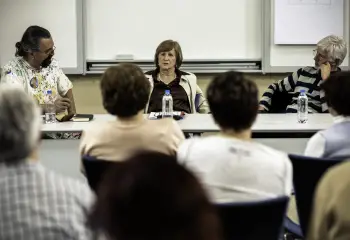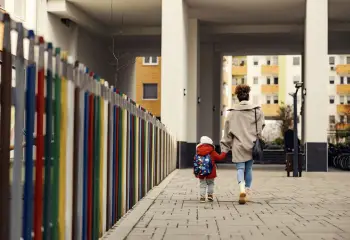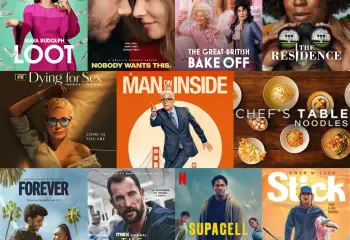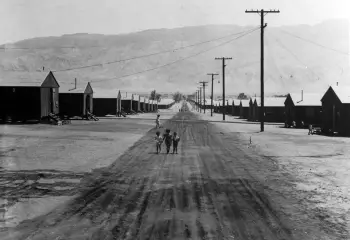Americans are increasingly divided along social and political lines. The evidence for this polarization can be found in our most intimate relationships and in our most public policy debates.
- Political scientists are finding that more and more people are either all-liberal or all-conservative in their political positions—and so are the politicians they elect, as reflected in their votes in Congress.
- There are many studies showing that more Americans are using their political party affiliation as a source of meaning and social identity, with these identities linked to how we play, what we buy, which movies we like, and even our sense of right and wrong.
- Around 60 percent of Americans who strongly affiliate with one political party now want their child to marry within the party; in 1958, by contrast, 72 percent of respondents told pollsters the party of their child’s spouse did not matter.
- While actual political violence is rare in the United States, a shockingly high percentage of Americans take pleasure in the thought of their political opponents being harmed.
Differences don’t necessarily need to divide people, but we do have a tendency, rooted in evolution, to split the world into “us” and “them”—and to treat members of our own “ingroup” with kindness while behaving badly toward outside groups. These tendencies can be especially pronounced at times when we feel stressed or threatened, anxious about our own security or survival.
Through mental shortcuts known as “heuristics,” we often make snap judgments about other people—which can turn negative in certain circumstances. For instance, opinions about immigrants might be formed by negative stories on cable news, which tap into the “availability heuristic,” wherein we make our judgments based on immediately accessible or repetitious information. People who aren’t exposed to other information will start to form stereotypes about immigrant groups, which in some cases can be used to rationalize exploitation or discrimination. These kinds of psychological processes make it easier for us to demonize outgroups and engage in chauvinistic behavior, helping create the divides we live in today.
Why does social and political polarization seem to be getting worse in American society?
This is a topic of fierce debate among political scientists and sociologists. We know that rapid demographic changes are introducing much more diversity to our neighborhoods, workplaces, government, and culture. This is leading to more anxiety among formerly dominant demographic groups, which elicits the kinds of psychological judgments and biases described above; when those biases go unchecked, the feelings of anxiety can lead to antagonism and prejudice. These divisions are now driving decisions about where Americans live, whom we befriend, and how we’re educating our children—serving to divide us further.
But Americans want to live in a country where our political differences don’t have to push us apart. A recent NBC News/Wall Street Journal survey found one topic of agreement between Americans of different parties polled: 80 percent of respondents agreed that the country is “divided,” while 90 percent of those surveyed believed that the divisions between Democrats and Republicans are a “serious problem.”
By understanding the social and psychological roots of polarization, we can promote solutions that help bring people together by what they share in common, not what sets them apart.







